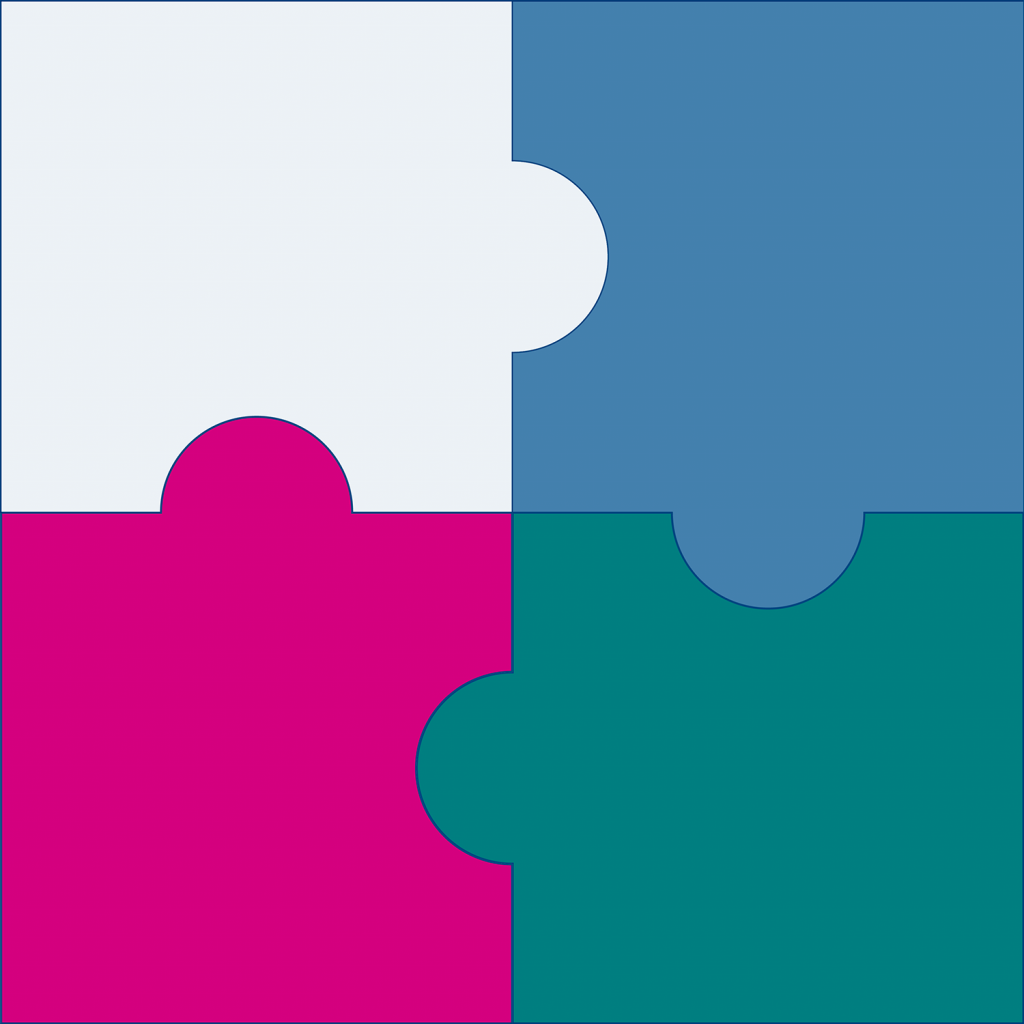Following a stroke, there may be physical, cognitive and emotional problems to face, some of which will be apparent, others more subtle. To ensure care that is both effective and holistic, continuing assessment of physical, intellectual, emotional and spiritual needs is important.
Mood Disturbance after stroke
Life and relationship changes follow a known process of adjustment. However, a significant number of people struggle to adjust and mood disturbance is not uncommon. The most common forms of mood disturbance are depression, anxiety and emotional lability. Research shows that abnormal mood impedes rehabilitation.
The incidence of depression within the first year can range from 10% to above 50% (depending on how and when depression is measured) but is estimated to stand at around 33% (Hackett et al 2005). At twelve months post stroke, depression is associated with increased mortality (House et al 2001). There is increasing evidence that the integration of psychological therapy (e.g. motivational interviewing, problem-solving interventions) into education programmes for people who have had a stroke can decrease the risk of depression developing post stroke.
Discriminating between different mood states can be difficult due to overlap between the physical and cognitive effects of stroke and mood symptoms. Screening, treating and monitoring for mood disturbance throughout the patient journey is essential given its impact on rehabilitation and the financial costs of care (RCP 2016).
Spiritual Care
‘The Scottish Government Health Department (SGHD) has developed a distinctive policy background for spiritual care in NHS Scotland. This follows on from the World Health Organisation’s (WHO) description of health requiring a spiritual and compassionate element alongside the physical, psychological and social elements in order to describe a holistic or whole person approach to health and healthcare.’
Spiritual Care Matters, An Introductory Resource for all NHS Scotland Staff, 2009
Within the healthcare setting, spiritual care is about wholeness and well-being, meaning in life, and the inner resources upon which people draw when health is compromised; in other words, our personal coping mechanisms. When specifically identified, this support may have a religious dimension with referrals to relevant faith communities being facilitated.
For full references see Additional Information box below.





